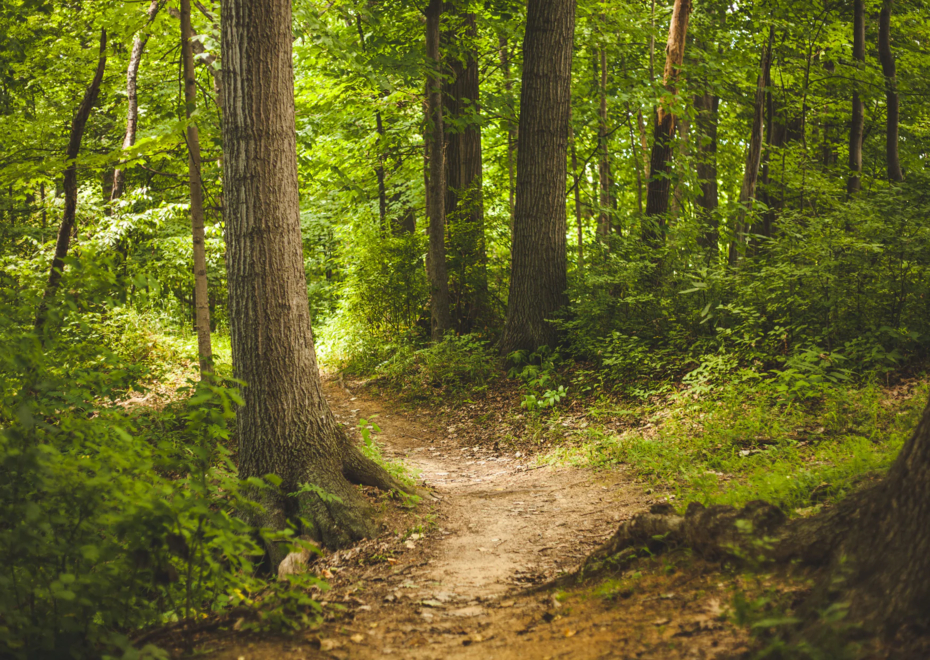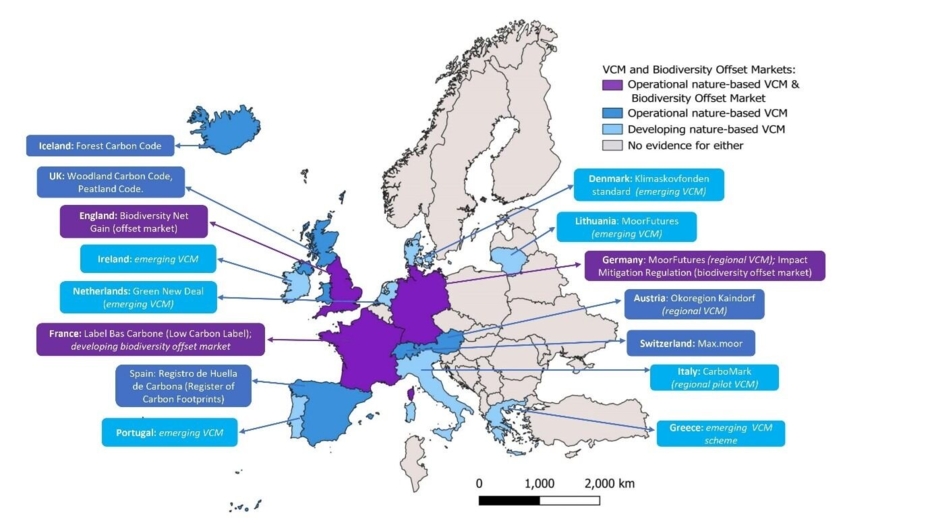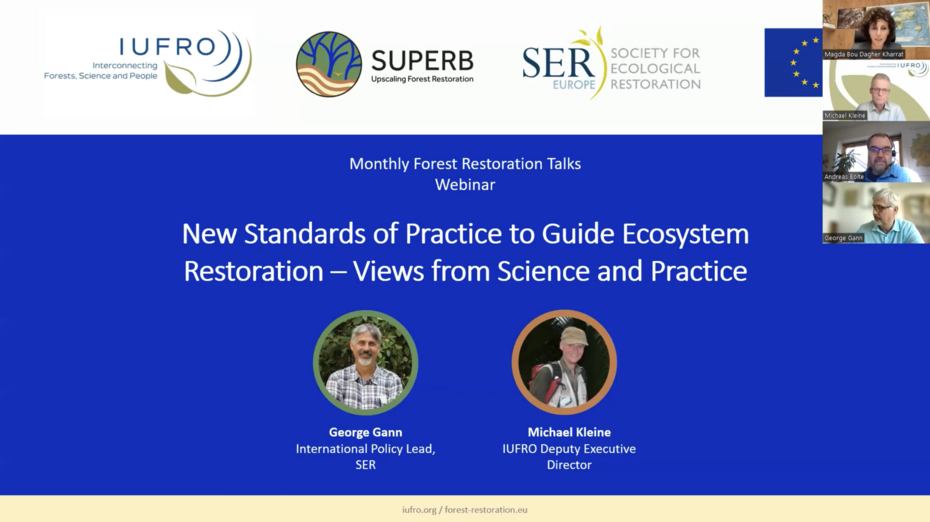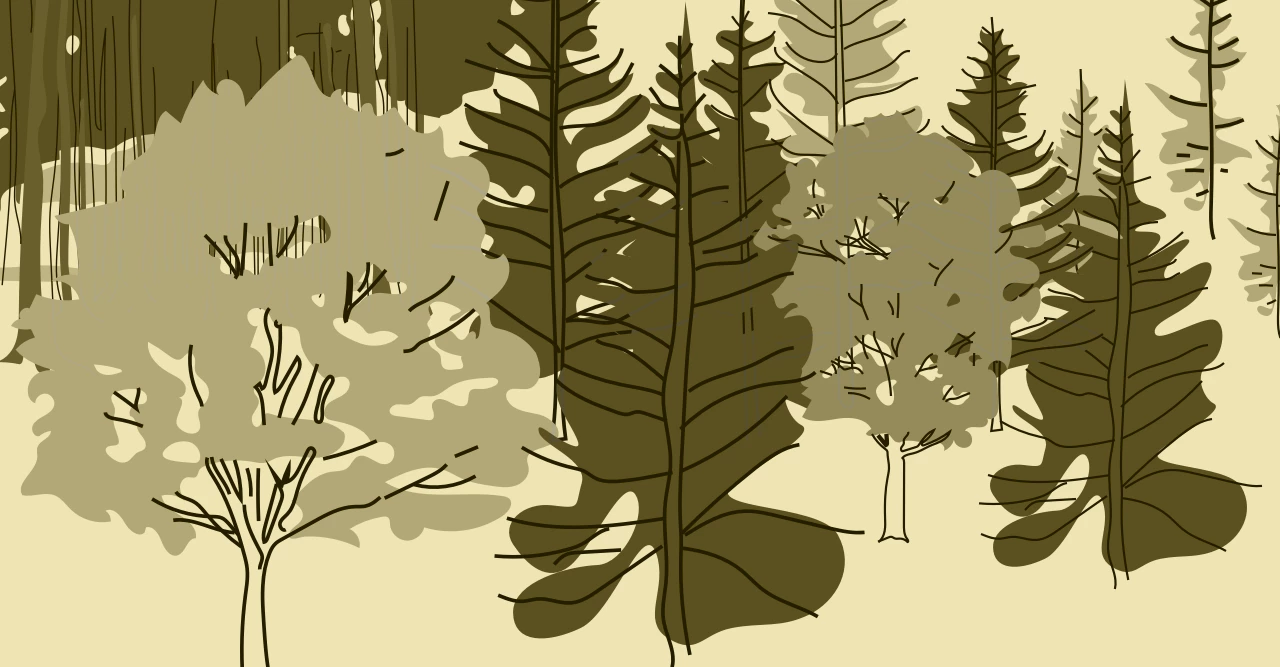
4.4 Upscaling

The scale of forest restoration ambition across Europe requires a huge shift of approach. A key in achieving this shift is to build on the work of pilots and demo projects to ‘upscale’. An ‘upscaling route-map’ builds on the experiences gathered through pilot implementation and demonstration projects and is a useful strategic tool developed during the SUPERB project.
A route-map for upscaling forest restoration is a document that describes the scope for wider application piloted restoration activities. It provides input to restoration planning at scale and serves as a mechanism to transfer knowledge and learning from smaller-scale pilot projects and demos.
Strategic approach
Upscaling needs a strategic approach. This includes considering why upscaling is important, who the upscaling plan is for, and what issues need to be addressed. A general principle is to consider upscaling from the start of a pilot project through to its conclusion. Without this, the impact of the pilot project may be limited and fail to reach the right audience.
Why – Building the case for upscaling: A rationale for upscaling requires a clear description of why the pilot project was set up, what actions were implemented and lessons learned. If the project is relevant to national or regional biodiversity and forest strategies, or for EU countries their national restoration plans, this represent a strong incentive for upscaling.
A starting point is a clear statement on the overarching restoration goal, i.e. describing the forest degradation issue that the restoration actions target and motivate why this is important. This includes highlighting incentives in terms of supporting legislation and benefits for rural development, livelihoods, economy, biodiversity, and climate adaptation.
In addition to the overarching restoration goal, consideration of other objectives that provide additional incentives to restoration should be considered. A comprehensive list of restoration needs will help the planning process identifying synergies and conflicts. Such prior consideration of a range of restoration needs is valuable also in anchoring the project among stakeholders, providing flexibility in financing options, and for alternative levels of ambition.
Who are the key actors for upscaling: Identifying the primary actor/s in a large restoration initiative is central for knowledge transfer from a pilot project. The stakeholders in a pilot project are likely to be different from those in a larger scale restoration project. By developing an upscaling plan a better understanding of key actors is gained so that the final upscaling route-map address actors that can lead a larger restoration project.
Where upscaling should be targeted: Identification of the spatial scale for upscaling includes identifying the larger area where the actions done in the pilot can be implemented. It has implication on which stakeholders to consider and relate to governance as policies and regulations may vary across jurisdictions. If this area is highly heterogenous in terms of habitats, biodiversity and land-use it will be challenging to develop a coherent restoration program. However, a larger scale opens for more options and alternative sites to implement restoration and allow prioritization among alternative areas and efficient implementation.
What are the most important issues to address – PESTEL analysis: A fundamental step for upscaling is to explore barriers to success. Critical issues may arise in several dimensions, and an approach is to conduct a PESTEL analysis. It builds on exploring issues across political, economic, social, technical, environmental and legal dimensions. It should shortly describe the issue and provide arguments, evidence, and why it is relevant to consider. It should further address how urgent the issue is – are actions needed already at the onset of the restoration program, or can it be dealt with later? Finally, it should assess how critical the issue is.
How to address barrier to upscaling, Involve the right stakeholders: These play different roles for upscaling, including financing, policy support, design and planning, advice, implementation and evaluation. These functions can be filled by involving different categories of stakeholders such as landowners, policy makers, economic actors, financing actors, civil society organizations and researchers.
Identify relevant policies and legislation: Within the EU, the Nature Restoration Regulation and other established strategies collectively provide policy support for upscaling. However, also national legislation that impact what restoration actions are possible to implement must be considered as well as recognizing horizontal dimension across different land-use sectors.
Secure financing: The funding landscape is diverse, and upscaling needs to explore options across government funding, trading of goods and services, philanthropy and private investment. Each of these comes with their own restrictions and a financial plan should consider the demands from and motivation of different funding sources and how these impact on achieving desired outcomes as well as how funding is perceived by different stakeholders.
Address technical issues: Based on the pilot project an upscaling route-map should summarize information on applied methods, equipment, needs for trained personnel and other aspects including identified knowledge gaps. Key examples of technical issues include spatial prioritization, reproductive material, monitoring and herbivore management.
Recommendations
An upscaling route-map should provide a set of prioritized recommendations including enabling actions and actors that are needed to address upscaling barriers. These recommendations should consider the feasibility of addressing the barriers and providing comments that support those taking leadership roles in the future.
Fore more information, please check our Guidelines for the development of upscaling plans.
Related resources
10 Things We Can All Learn from the Evolution of Forest Restoration Initiatives in Europe
Forest restoration has a deep history shaped by crises, politics and changing goals. A Europe-wide study with 32 experts from 18 countries revealed key drivers: natural disasters, wars, governance, funding, market shifts, social values, and policies. Success depends on aligning environmental, social, economic, and political factors and avoiding short-term fixes. Learning from past lessons is vital to guide future restoration efforts and implement the new European Nature Restoration Law effectively.
The current state, opportunities and challenges for upscaling private investment in biodiversity in Europe
Opportunities arise from macroeconomic and regulatory changes, along with various technological and financial innovations and growing professional experience. However, persistent barriers to upscaling include the ongoing lack of highly profitable investment opportunities and the multitude of risks facing investors.
New Standards of Practice to Guide Ecosystem Restoration – Views from Science and Practice
In this SUPERB/IUFRO Forest Restoration Talk, George Gann presents SER’s new Standards of Practice and insights from the Mediterranean. Dr. Michael Kleine adds perspectives on science, training, and forest restoration guidelines, sharing experiences from practical implementation.
Upscaling restoration of forests and forest landscapes in Sweden
This publication focuses on the Swedish Case Study within the EU Horizon SUPERB Project which is located in the Vindelälven-Juhttátahkka Biosphere Reserve. The project's focus is on restoration, which contributes to strengthening the ecological functionality of forests and forest landscapes, including biodiversity.
Upscaling Route Map - NRW Germany demonstration area
This document provides a reflection and analysis of barriers and enablers to the reforestation of bark beetle calamity areas in NRW. Barriers are identified across political, economic, social, technical and environmental dimensions, drawing on insights gained from the establishment of demonstration sites in collaboration with seven associate partners across various forest ownership types.
Upscaling Plan for the Scottish Demo Forest
The Scottish demo area, located in the Queen Elizabeth Forest Park, is a forest managed by Forest and Land Scotland. It primarily consists of non-native plantation forests and has evolved from focusing on timber production to multi-functional management that emphasises biodiversity, ecosystem services and recreational opportunities. This includes restoration of riparian zones, species diversity and measures to combat ecological pressures such as invasive species and deer browsing.
Upscaling route-map - Croatian & Serbian border river floodplain demonstration area
Based on the SUPERB cross-border demo area in riparian forests of Serbia and Croatia, the guidance highlights how site-level work, such as converting vulnerable poplar monocultures into diverse native forests (with species like pedunculate oak), can contribute to long-term ecological goals, including climate adaptation, biodiversity conservation and improved ecosystem services like flood regulation and carbon storage.
Upscaling plan, route-map for upscaling Spanish demo
The publication addresses the three interconnected problems of rural abandonment, forest fires and brown bear habitats (including their connectivity) in the Spanish El Bierzo Demo area. The plan upscaling plan proposes a multi-stakeholder approach, combining silvicultural treatments, habitat restoration, community involvement and policy alignment. It aims at leveraging EU and regional funding (e.g., EAFRD, LIFE Programme) and aligning with the EU Nature Restoration Law.






